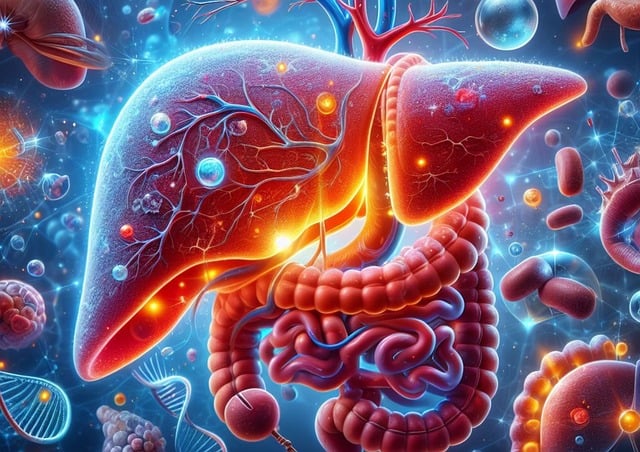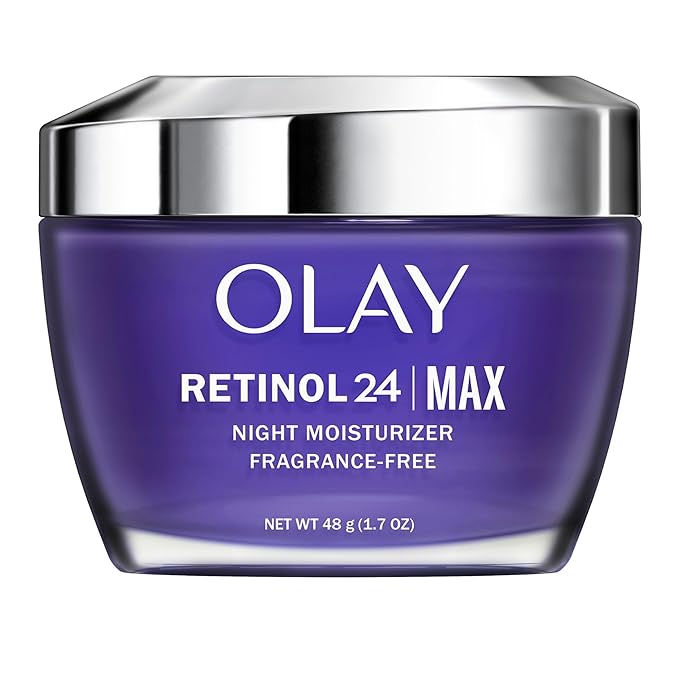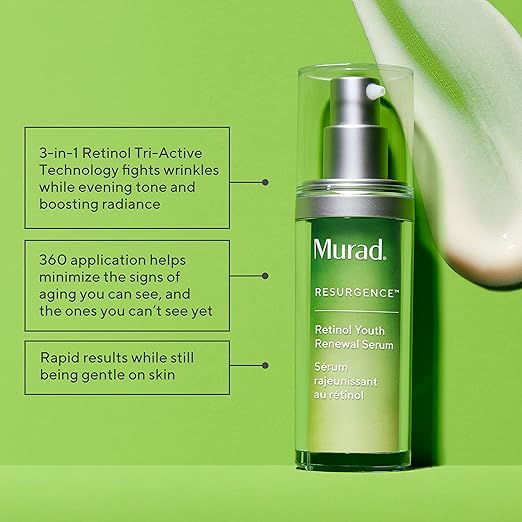-
 Read time : 5 mins
Read time : 5 minsHow to Reverse Your Damaged Liver
(Photo by Hopestar21)
Let’s be honest—the liver is one of those organs we don’t think about until something goes wrong. It quietly does its job, day in and day out, filtering out toxins, storing energy, and regulating metabolism without ever demanding recognition. But the moment it sends up a red flag—fatigue that won’t go away, yellowing skin, or bloating—it suddenly becomes impossible to ignore. The good news? In most cases, with a little TLC and the right lifestyle changes, the liver is a fighter and can heal itself.
So, whether you’ve been feeling off or simply want to take better care of your health, let’s dive into everything you need to know about your liver, how it can get damaged, and what you can do to give it the love it deserves.
Liver: Your Body’s Most Valuable Player
The liver isn’t just some random organ—it’s the body’s multitasking powerhouse. It’s the largest internal organ you’ve got, and honestly, without it, your body wouldn’t last very long. Think of it as a combination detox center, storage unit, and processing plant that keeps everything running smoothly.
Here’s just a snapshot of what it does:
- Detoxification: Filtering out harmful toxins and chemicals from your bloodstream.
- Protein Synthesis: Producing essential proteins that help with everything from blood clotting to building your immune system.
- Bile Production: Breaking down fats so your body can absorb important vitamins like A, D, E, and K.
- Nutrient Storage: Stockpiling glycogen for energy and storing key nutrients like iron.
- Metabolism Regulation: Balancing blood sugar levels, cholesterol, and hormones.In short, the liver is the overachiever of your body’s organs, and it deserves a little gratitude every now and then.
4 Stages of How Liver Damage Happens
Liver damage doesn’t just happen overnight. It’s a gradual process, moving through four distinct stages. Understanding these stages can help you take action before it’s too late.
1. Inflammation
This is the early warning stage. The liver becomes swollen and inflamed, usually because of factors like heavy drinking, obesity, or viral infections like hepatitis. The good news? If caught here, the damage is 100% reversible.2. Fibrosis
If inflammation goes unchecked, scar tissue starts to form. Think of it like a cut that doesn’t heal properly. At this point, the liver can still function, but it’s less efficient than it used to be.3. Cirrhosis
Here’s where things get more serious. By now, the scar tissue has taken over most of the liver, and it struggles to do its job. Unfortunately, the damage at this stage can’t be undone, but it can still be slowed or stopped with the right treatment.4. End-Stage Liver Disease
This is the point of no return. The liver is beyond repair, and the only real option left is a transplant.These Are Signs Your Liver Might Be in Trouble
Liver damage is a sneaky thing. For the most part, you won’t notice any symptoms until things get pretty bad. But if you’re paying attention, here are some signs that your liver might be waving a white flag:
- Feeling exhausted or weak all the time, no matter how much rest you get.
- Yellowing of your skin or the whites of your eyes (a condition called jaundice).
- Swelling or bloating in your abdomen, legs, or ankles.
- Dark-colored urine or unusually pale stools.
- Persistent nausea or a loss of appetite.
- Unexplained itching all over your body.If any of these sound familiar, it’s time to take action.
So how do you reverse liver damage and help it heal ?
1. Quit Alcohol—Completely
If your liver issues are related to drinking, the single most important thing you can do is to stop. Full stop. Each drink you take adds to the damage, and giving up alcohol gives your liver a chance to heal.
Elton John’s sobriety journey is proof that it’s never too late to make a change. He’s been sober for over 30 years now and often talks about how it transformed his life—not just physically, but emotionally and professionally too.2. Revamp Your Diet
What you eat can either help or hurt your liver. Foods that are high in antioxidants, fiber, and healthy fats can help your liver detox and repair itself.Here’s what to put on your plate:
- Fruits and Vegetables: Load up on leafy greens, berries, and citrus fruits.
- Whole Grains: Oats, quinoa, and brown rice are your friends.
- Healthy Fats: Think avocados, nuts, and fatty fish like salmon.
- Green Tea: Packed with antioxidants that protect your liver cells.And of course, avoid processed junk, fried foods, and sugary snacks—they’re basically liver kryptonite.
3. Get Moving
Exercise isn’t just for your waistline; it’s essential for your liver too. Regular workouts help burn off excess fat stored in the liver, reducing inflammation and promoting overall health.Aim for 150 minutes of moderate activity (like brisk walking or yoga) each week or 75 minutes of intense activity (like running or HIIT workouts).
4. Lose Extra Weight
Obesity is a major culprit behind liver damage, but losing just 5-10% of your body weight can make a world of difference.Adele’s weight-loss journey is a great example of how small, consistent changes—like eating healthier and staying active—can lead to big results. Not only did she transform her body, but she also inspired millions to prioritize their health.
SHOP NOW
5. Take Care of Underlying Conditions
If you have conditions like diabetes, high blood pressure, or high cholesterol, managing them is critical. These issues put extra strain on your liver, so keeping them under control can give your liver some breathing room.Other tips to keep in mind:
- Get vaccinated for Hepatitis A and B.
- Stay hydrated; water helps flush out toxins.
- Practice safe sex and avoid contaminated food or water to prevent infections.Your liver does so much for you—it’s only fair to return the favor. Whether it’s quitting alcohol, eating better, or simply staying active, small steps can make a huge difference. And if you feel overwhelmed or stuck, don’t hesitate to seek guidance. Taking control of your habits, routine, and mindset can lead to profound change—not just for your liver, but for your entire life.
Your liver’s journey to healing starts today. So, what’s your first step going to be?
You might like
How to Reverse Your Damaged Liver
WORLD NEWS
Make Money
The Best Online Platforms for FreelancersFriday, January 3, 2025 - 21:30How To Easily Make Money Taking Online SurveysMonday, March 2, 2020 - 04:31The Importance of Financial LiteracySunday, March 1, 2020 - 03:35These are 5 Easiest Ways to Make Money OnlineSunday, March 1, 2020 - 03:30Fashion
Wednesday, March 1, 2023 - 03:30As the fashion industry constantly evolves, each year brings its own set of trends and influences. Let's explore the key differences ...INSPIRATION
amz-002
Detox Your Body
Friday, March 6, 2020 - 13:40Detox drinks have gained popularity in recent years as people seek ways to cleanse their bodies and support their weight loss journey.amz-001
Paserba - Life Inspiration, Health, Wealth and Quality Lifestyle
Recent posts
American Airlines Flight 5342 Collides with Helicopter Over Potomac River; Search and Rescue Operations IntensifyFriday, January 31, 2025 - 01:01DeepSeek's Rapid Rise: A New Contender in the AI IndustryMonday, January 27, 2025 - 20:01Why HIV Has No Cure Yet: The Science Behind the StruggleTuesday, January 14, 2025 - 12:31Choosing the Right Baby Car Seat: What You Need to KnowThursday, January 9, 2025 - 13:45How I Dropped Pounds Without Starving or OvertrainingWednesday, January 8, 2025 - 11:23
Tags



















